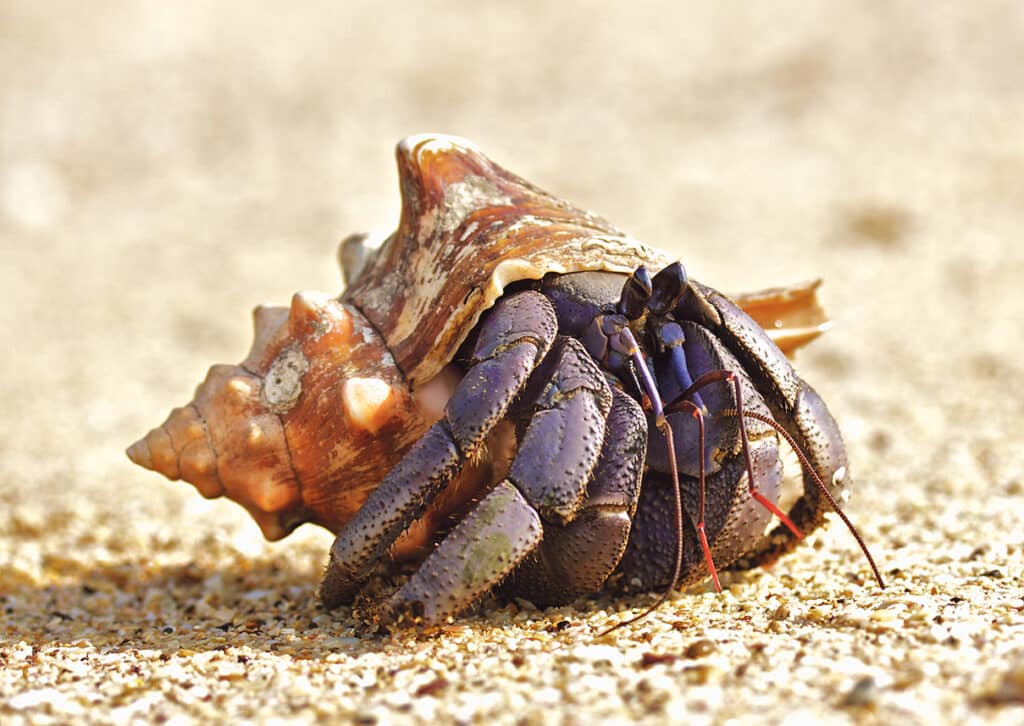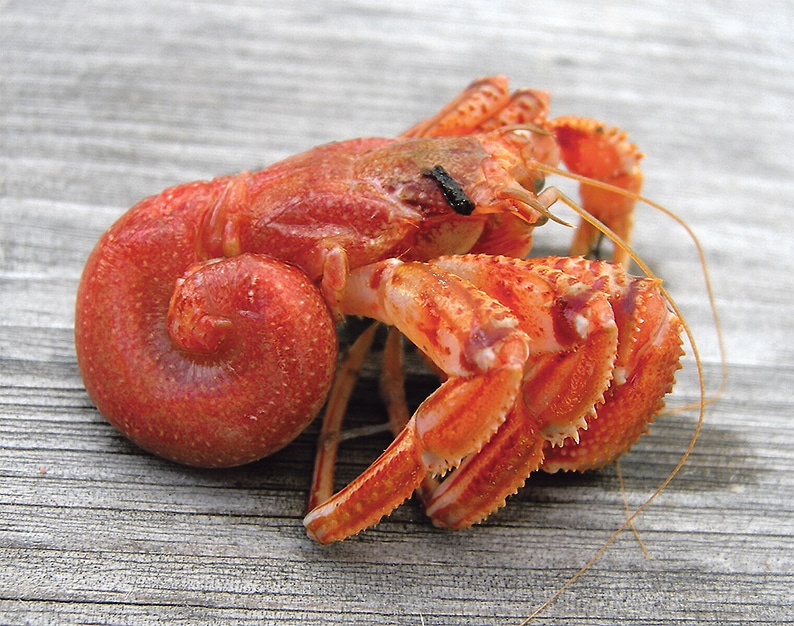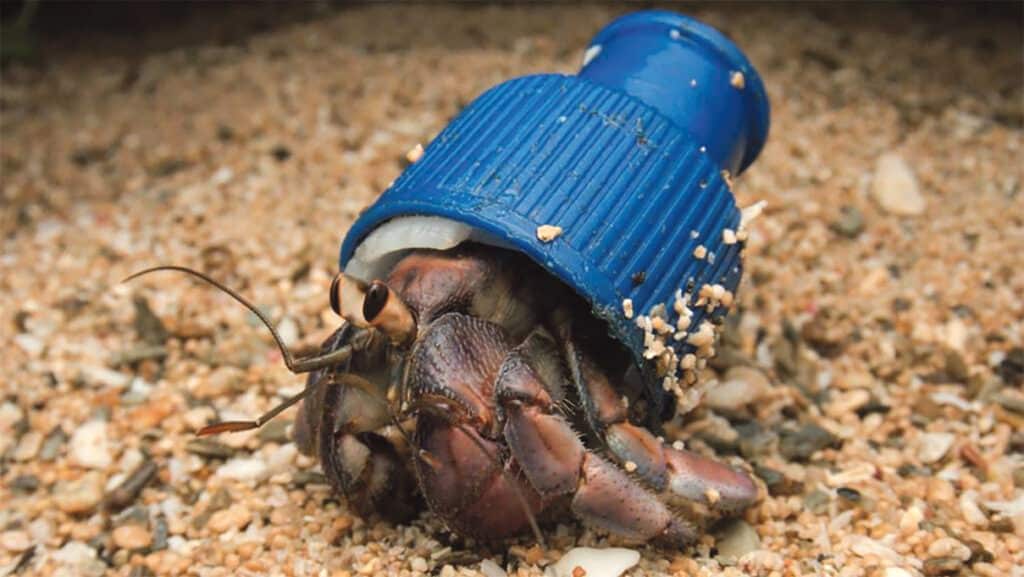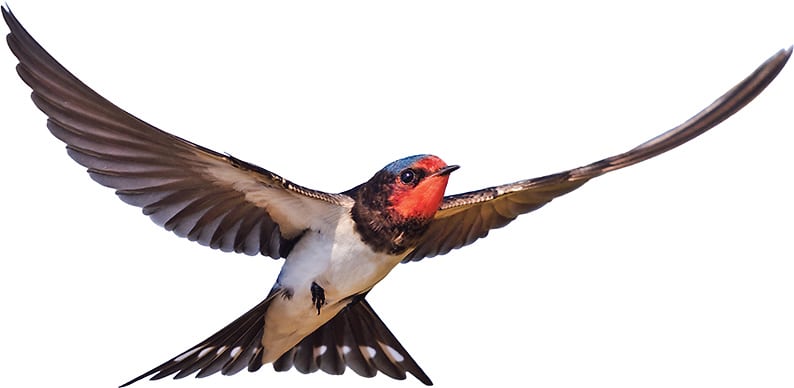


I have a good friend who lives in Kenya – we used to teach in the same school in Mombasa. Some years ago, I stayed for a couple of weeks with her and her family in an old stone and thatch cottage right beside the Indian Ocean. Around the nearby headland and across a creek was the bungalow once owned by Denys Finch Hatton (played by a badly miscast Robert Redford in Out of Africa). It was a magical place – white sand, waving palms, blue sea breaking on a coral reef; if I had any money, I would be there now.
On the first night, my friend suggested we sleep outside on the sand, under the stars – a wonderful thing to do, though in Africa one fears robbers and cut-throats. Her patch of sand was surrounded by spiky bushes, so snakes were also a worry, but we all slept very soundly.
In the morning, however, it seemed that my fear of visiting snakes might have been justified: although we were not disturbed, something had been slithering around us all night, leaving tracks like those a bicycle would make. But the girl who looked after the place, failing to explain what they were in her language (Kigiriama), led us to a bush beside the cottage, and pointed to a broken beer bottle on the ground. From the neck of the bottle protruded the front half of a large terrestrial hermit crab, the poor thing too big to find a suitable molluscan home. The tracks we had seen were made by smaller hermit crabs, dragging their borrowed shells across the sand: their legs made one side of the track, and the edge of the shell made the other.
Hermit crabs are crustaceans, belonging to the phylum Arthropoda (which also includes insects, spiders and centipedes – over 80 per cent of all animal species). Of the crustaceans, everyone is familiar with crabs and lobsters, prawns and shrimps; on the beach, if you look, you will find amphipods (sandhoppers), and on pier walls and in your garden, isopods (sea slaters and woodlice respectively). You might have heard of krill, a major component of the diet of whales; few will know of cladocerans, cumaceans, ostracods or copepods.
Arthropods all have exoskeletons (we have endoskeletons), so the only way they can grow is by moulting, i.e. casting off this hard outer case. The animal then expands, by transfer of body fluids or taking in air, after which the outer cuticle hardens into a new protective exoskeleton.
Hermit crabs are related to porcelain crabs and squat lobsters (which are neither crabs nor lobsters), but they have evolved a unique lifestyle – they spend their adult lives inside the empty shells of marine gastropods (sea snails). To do this, their bodies have become much modified: instead of having a short abdomen that is tucked under the body like a crab, or a long, muscular abdomen like a lobster, the abdomen of a hermit crab is small and soft, and shaped so that it fits perfectly into the coils of a snail shell. The first pair of legs are large and clawed as in most crabs, and make effective doors to close the shell entrance if the crab is in danger; the next two pairs are for walking, but the fourth and fifth pair are much reduced and used for securing the crab firmly inside its adopted shell.
When it has grown too large for its molluscan home, the hermit crab has to search for a new shell. Rather like humans today, hermit crabs have a housing crisis (of course, in our case, in a world with 8,000,000,000 people it is actually a population crisis). The number of shells available depends on the predators in the area – mostly birds or humans, for food or souvenirs. A hermit crab will examine a new prospective home, and make its choice based on shell size and quality, chemical signals derived from the shell, or how desperate it is to move in. A good fit is most important, for comfort and safety. Once a suitable shell has been found, moving house is very rapid – it has to be, for a hermit out of its shell will quickly get eaten.
Some hermit crabs add further protection or camouflage to their homes by allowing sea anemones to live on them – the anemone, with its many tentacles armed with stinging cells, will keep away potential predators, while benefitting from free transport and left-overs at meal-times. Other creatures, such as sponges, worms, barnacles, sea spiders and bryozoans, often live in or on the shells of hermit crabs. By allowing such lodgers, and by re-using old shells, hermit crabs are effective ecosystem engineers, influencing the abundance and distribution of many different animals.
Hermit crabs have been living in mollusc shells since the Cretaceous Period. The empty shells of ammonites (like squids, but with big, flat coiled shells) were probably an important source of homes – a fossil hermit crab, Palaeopagurus vandenengeli, was found in the shell of an ammonite, preserved in rocks 100 million years old. But after the ammonites became extinct, at the same time as the dinosaurs, hermit crabs had to rely mostly on gastropod shells.
Today, there are around a thousand species of hermit crabs, found all over the world. Most are just a few centimetres long and live in shallow marine environments. In Ireland, the common hermit crab, Pagurus bernhardus, can be found on the lower shore and in rock pools – if you see a periwinkle shell moving rather faster than usual, but in a clumsy sort of way, there is probably a hermit crab inside it.
The hermit crabs in one family are all terrestrial, though they still need water for egg laying and larval development. They are a common and amusing sight on tropical beaches. When moving home, they will form orderly queues, with the smallest hermit crab at one end, each waiting to move into the next biggest shell but all unable to do so until the largest one has vacated his.
This family includes the coconut crab which, growing to 60 centimetres in total length and a weight of 4 kilograms, is the largest land invertebrate. The coconut crab is so big that, when adult, it no longer needs a shell. Like all hermit crabs, it is a scavenger, but it does like coconuts – it can climb a palm tree, knock a coconut to the ground, and then clamber back down and break the nut open with its massive claws. Unfortunately, coconut crabs taste delicious, so they have been hunted to extinction in many parts of their Indo-Pacific range.
When I first saw that crab in a beer bottle in Kenya, I thought – how strange, and how sad. The bottle was too heavy, and its jagged edges must have cut into the crab’s soft body. But such sights are now common. A study by scientists at the University of Warsaw this year found that two thirds of terrestrial hermit crab species now use human rubbish, such as plastic bottle caps, tin cans and broken electric light bulbs, instead of mollusc shells. This might be due to an abundance of rubbish, or a shortage of shells – in the tropics, pretty shells are collected and sold to tourists; such trade is illegal in many countries, but still goes on.
Some might say that this is a good example of how animals can adapt to life alongside humans. With so much rubbish on beaches, there will be less competition for homes, though hermits do still fight for the better junk. Hermit crabs might prefer plastic because it is lighter than a shell and therefore easier to carry, and it offers camouflage in an environment littered with similar rubbish. But hermit crabs have evolved, both physically and behaviourally, to live in mollusc shells – bottle caps and tin cans are more difficult to hold on to, and hermit crabs can get injured by sharp glass or metal, and trapped inside cans or bottles. And while they are no doubt indifferent to the ugliness of their modern homes (like some humans), their social behaviour might still be affected.
This is mostly a problem for terrestrial hermit crabs, but perhaps, if we look, we might find our own hermit crabs wandering around in man-made homes. Tragically, we will never get the sea clean again, but we can ensure there are always plenty of shells – please, don’t remove shells from the shore, even here in Ireland; and when on holiday, never, ever, buy sea shells.



